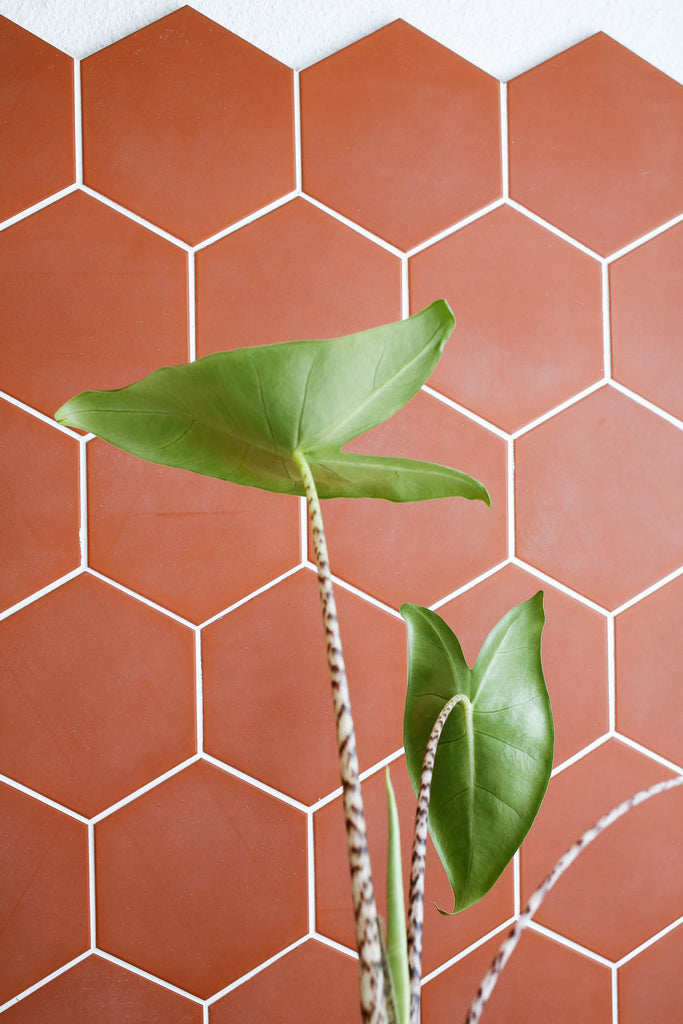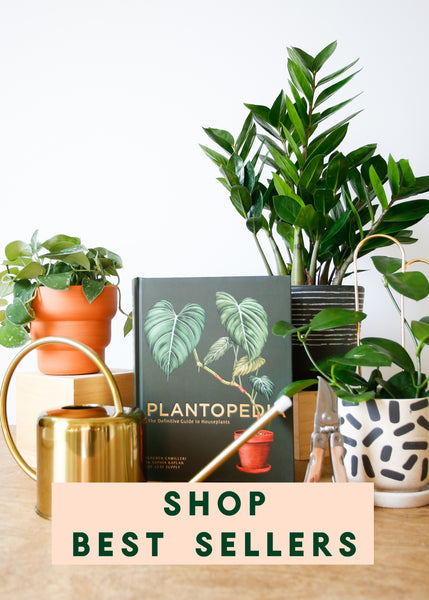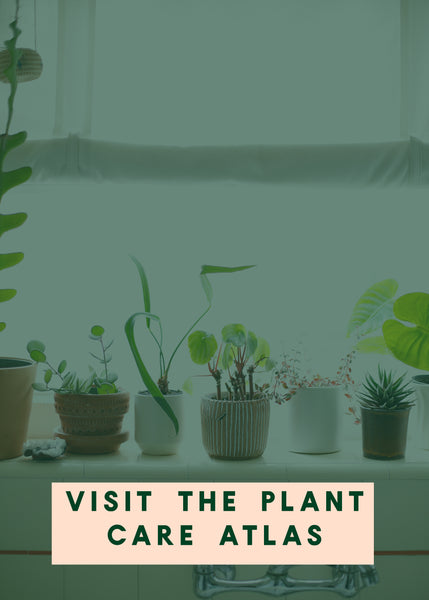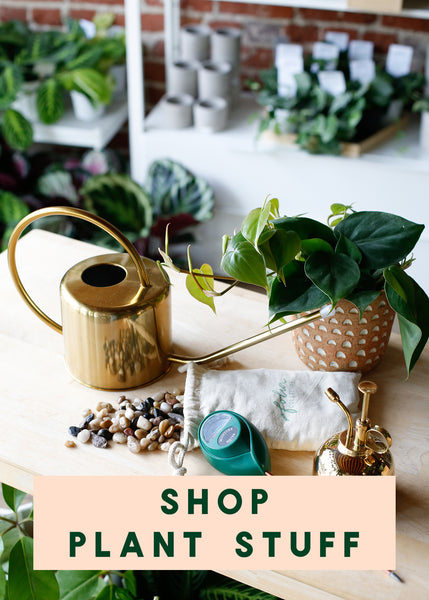Plant Know-How: Alocasia zebrina

If you're not an Alocasia collector, you might be surprised to learn there are around 90 accepted species in the genus! With a wide variety of leaf shapes & colors, it can be hard to choose a favorite, but this striking species, Alocasia zebrina is certainly a contender. Named for the stripe-like bands of black and white on its stems, Alocasia zebrina requires care similar to other Alocasia, including added humidity to thrive. Read on to learn more about caring for this fun Alocasia species.
HOW TO CARE FOR ALOCASIA ZEBRINA:
Light requirements for Alocasia zebrina: Very bright filtered light (aka bright indirect) is necessary for Alocasias. Indoors, place this plant within 2-3 feet of a window that gets bright filtered light most of the day (south or a west exposure with something to filter afternoon direct sun is best). Outdoors, place in partial to full shade. Avoid direct sun as it may be too intense for the leaves.
Watering tips for Alocasia zebrina: Similar to other Alocasia, A. zebrina will do best if you water when the top 1/4 of the soil is dry. Alocasias are not a plant that should ever go completely dry- if the soil goes too dry, too often, the root system may become too stressed to bounce back and the plant can go dormant or die altogether. If you need some help knowing when to water your plant a moisture meter is a helpful tool that can take out some of the guesswork!
The Best Soil for Alocasia zebrina: Humidity loving tropicals like Alocasia zebrina grow best in a soil chunky enough for oxygen to get to the roots, but with some content that can hold moisture a little longer. Our Thirsty Tropicals Potting Mix is perfect for plants like Alocasias.
Is Alocasia zebrina pet-safe? Like other plants in the Araceae family (aka Aroids), Alocasia are not pet-safe and can be toxic when consumed by pets. If you're looking for pet-safe plants, be sure to check out the Pet Safe category of the Plant Care Compendium!
Did you know? Alocasias grow from corms, which are a thickened root structure similar to a bulb or tuber. Because of this, the best ways to propagate an Alocasia is either through division of the root ball (separating multiple plants, each with their own corm, from each other), or through growing a new plant from a corm. Plants that grow from corms may also go dormant- especially in colder/darker months, or when the plant has been overly stressed- so if your Alocasia ever loses all it's leaves don't throw it out right away. Move your plant somewhere cool and dry and after a few weeks to a few months you may begin to see new shoots appear! Once that happens, return it to good light, and begin watering again and you'll eventually have a full plant again.
Ready to add Alocasia zebrina to your plant collection? We have 4" plants in stock at our Eagle Rock shop, but we don't ship them.






